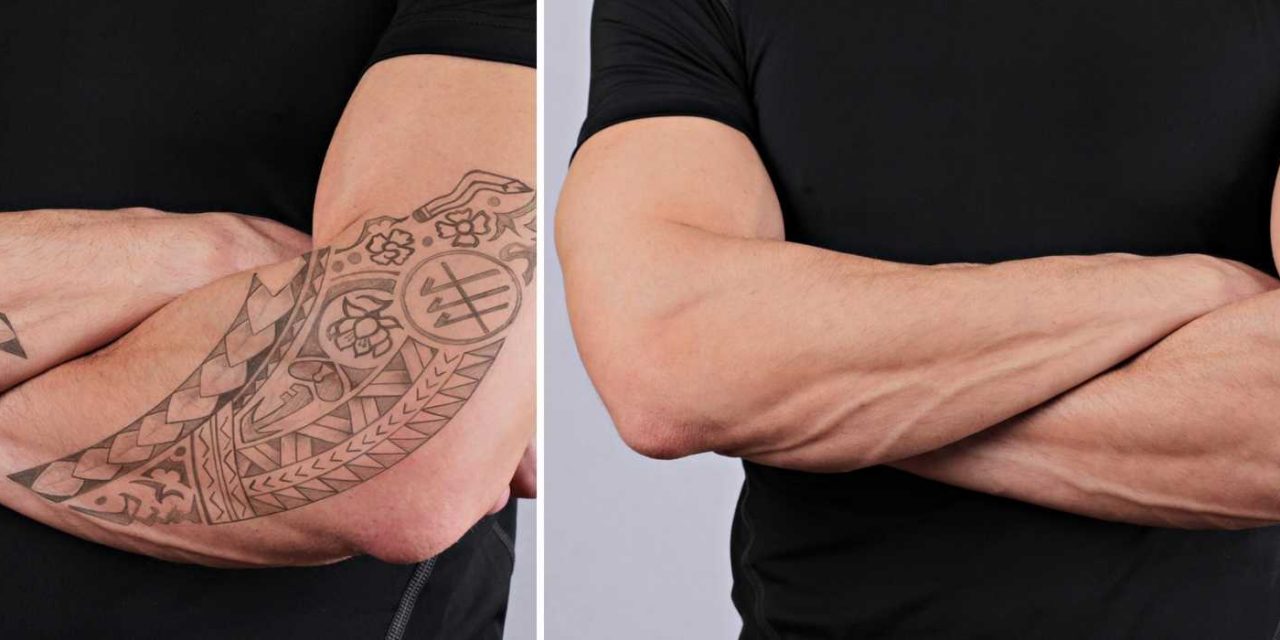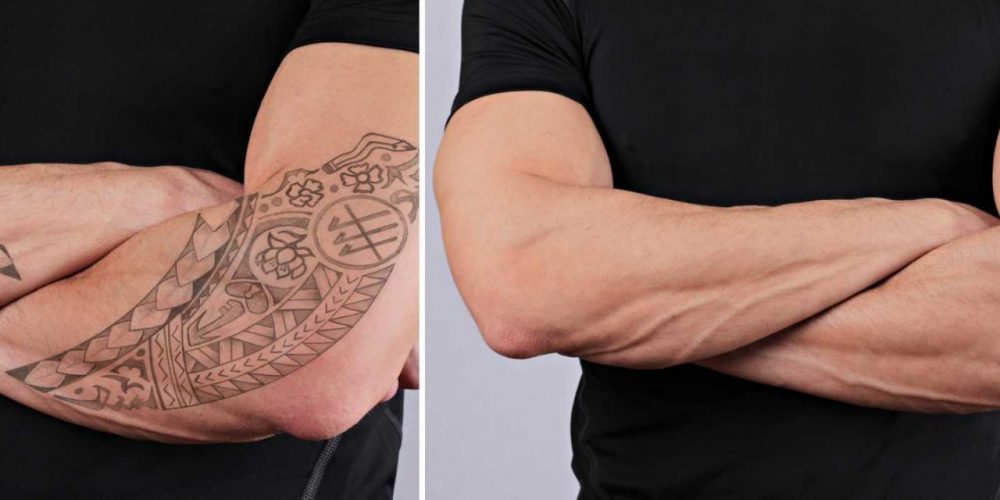Therapeutic Update: Using Lasers for Tattoo Removal
Tattoos are a very popular thing among the youth yet as they grow older many may want to have their tattoos removed, this is referred to as tattoo regret. According to many, the main reason for having the tattoos removed is because they made a naïve decision while young and now don’t feel good about the tattoos. Many are times some request the names of their ex-lovers removed. In most cases, visible or some types of tattoos do not go well with most types of work environments. However, laser technology invention has come in handy to assist people to deal with this problem, unlike traditional surgeries.
Is it possible to remove any type of tattoo?
This is a question asked by many, the density of the tattoo, its size, and the type of ink used will greatly affect the removal process.

The majority are removable, unfortunately, some are not completely removable. Over the last 10 years, tattoo experts have upgraded their tattoo skills and because of the improved ink technology, most tattoos tend to be permanent.
How does the laser remove tattoos from the skin?
Tattoos are usually designed to last for a lifetime, however, they can be removed by the use of laser technology. Once the ink gets into the skin, the immune system immediately senses danger. The white blood cells are then released to the site to fight the intruder.
Tattoo ink is usually made of heavy metals that are not compatible with the white blood cells. They therefore immediately start fighting it and takes it towards the kidneys where they will be disposed of from the body.
However, the problem here is that the blood cells are too small compared to the tattoo ink. The blood cells will take decades upon decades trying to fight but the ink will often remain almost intact; here is where the lasers come into play.
Lasers work by producing energy which breaks up the tattoo ink under your skin into very small particles. This makes it simpler for blood cells to carry and dispose of, it requires many laser sessions for the tattoos to be fully removed from your body.
What are the factors of successful tattoo removal?
In the removal of a tattoo, many factors are considered to the level of success.
Size. The bigger the size of the tattoo, the longer the amount of time it will take to be fully removed.
Location. Tattoos in softer locations of the body are easier to remove than ones is a harder region of your body.
color. The success of tattoo removal depends on the type of color used. The black color is generally easily removed, unlike others.
Age. Older people mostly have weaker immunity, making their body healing process slower, this makes it harder to remove the tattoos permanently.
Newer tattoos are also more difficult to remove compared to older ones.
and health conditions.
Treatment
Tattoo removal just hurts as much as when they are placed, even though this varies among people; it is generally uncomfortable. To reduce the pain, experts advise on having Tylenol some hours before the session begins. Anesthetic ointments are also applied to the tattoo to reduce the pain further.
The removal of tattoos by laser always takes a few minutes, this will however depend on the size and the type of tattoo. You will need many sessions for the tattoos to be removed, most are usually split between 5-8 weeks.
During a tattoo removal session, you will be required to wear eye shields to prevent the eye from coming in contact with the laser rays. The laser pulse is usually very rapid and as per the tattoo size, between 10 and 30 pulses will be required per session.
Conclusion
There are many ways of removing tattoos but most of them often leave scars in place of the tattoos. The laser has proven to be the best method of removing tattoos, it has very minimal side effects and is also highly effective.
Laser technology has helped to easily remove tattoos and without leaving any traces of the tattoos or injuries. This has unlike traditional ways increased the efficiency together with the amount of period that the tattoo takes to disappear.
